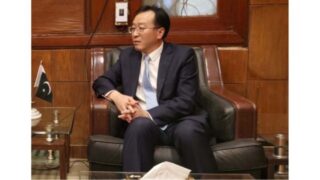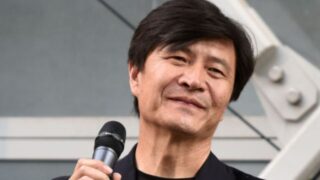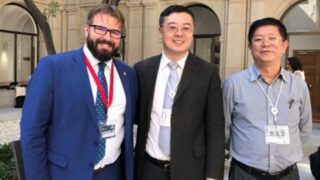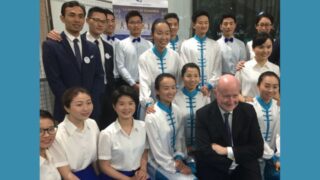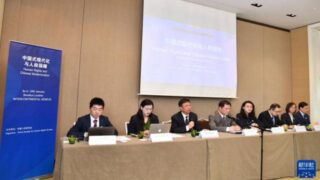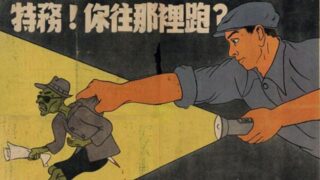The Party claims it had decided to abandon the policy on November 10, before the Urumqi Fire and the protests. This is false.
by Hu Zimo
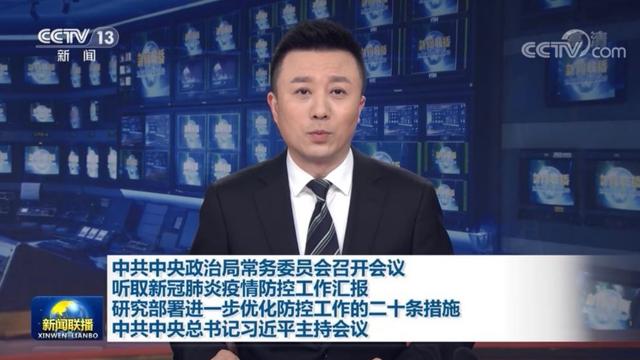

Over the last few days, the CCP has launched a concerted propaganda effort to deny that the end of the Zero COVID policy was due to its catastrophic economic and social consequences and the widespread, unprecedented protests. Several media, including the Party organ “People’s Daily” and the official news agency Xinhua have published articles claiming that the change of policy was decided on November 10 at an extraordinary meeting of the Standing Committee of the Political Bureau of the CCP Central Committee, presided by Xi Jinping himself.
The date is of course all-important. November 10 was 14 days before the Urumqi Fire of November 24, when 44 Uyghurs died because the doors of a building that caught fire had been locked at night as part of the Zero COVID policy. It was after the Urumqi Fire that vigils commemorating the victims and protests started on social media and quickly moved to the streets, with tens of thousands protesting against the regime’s handling of the COVID crisis. November 10 was also before the November 22–23 protests at the world’s biggest iPhone factory in Zhengzhou, Henan, which helped persuading the CCP that anti-Zero-COVID protests were becoming impossible to control.
While blaming the development of the protests on foreign agents trying to create a “color revolution” in China, the CCP regarded the unrest as a most dangerous virus than COVID 19 and abandoned the Zero COVID policy almost overnight on December 7.
So, was it December 7 or November 10? The story of the extraordinary Standing Committee meeting of November 10 is told as an epic tale, which will surely become standard CCP history for years to come.
Unfortunately, the epic story is not true. Perhaps it may be deleted or changed, but so far you can still easily access the CCTV account of the November 10 extraordinary meeting. You can hear there that Xi Jinping and the Standing Committee’s instructions were to “accurately and comprehensively implement the decisions and plans of the CPC Central Committee, put people first and life first, implement the general strategy of preventing imports from abroad and preventing rebound from home, unswervingly implement the general policy of dynamic Zero COVID.”
On November 10, the orders were to “unswervingly implement” the Zero COVID policy, not to abandon it. CCTV also mentioned, as usual, that a “war of annihilation” was being fought against the virus. Twenty measures were suggested, but none implied that the Zero COVID policy was no longer in force.
It is true that the meeting’s account also mentioned that China should “restore normal order of production and life as soon as possible.” But this song had been consistently sung during the long Zero COVID months and never signaled a departure from the policy. It was through Zero COVID, not against it, that it was believed the virus would be “annihilated” and the normal life restored.
What happened is thus clear. Even if at the November 10 meeting voices calling for restoring life back to normal as soon as possible were perhaps louder than normal, nothing was changed about Zero COVID, and orders to continue with the policy were confirmed. It is only after the Zhengzhou factory unrest, the Urumqi Fire, and the massive national protests that followed that the CCP decided to change the policy, in such a sudden way that infections and deaths exploded. All the rest is just propaganda.


